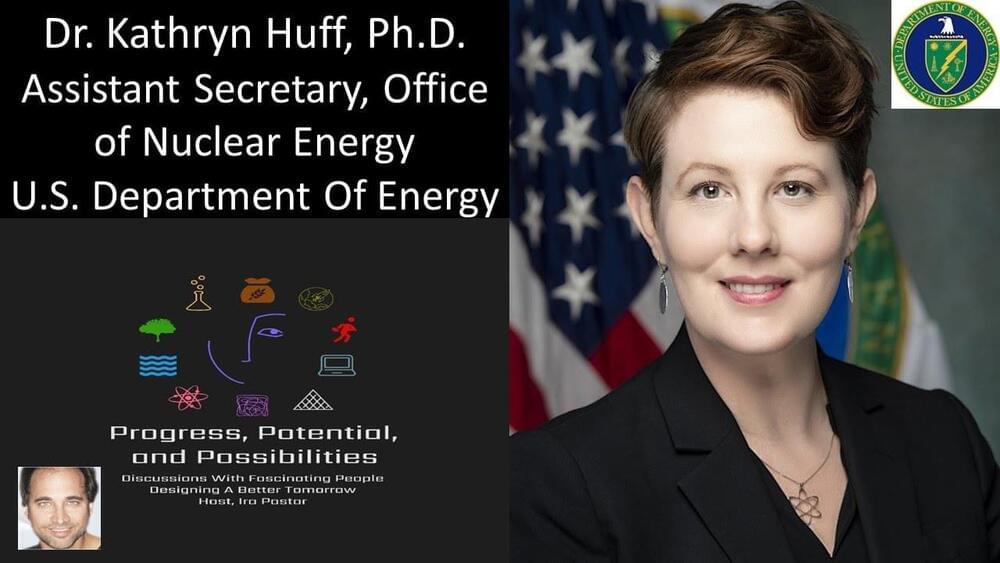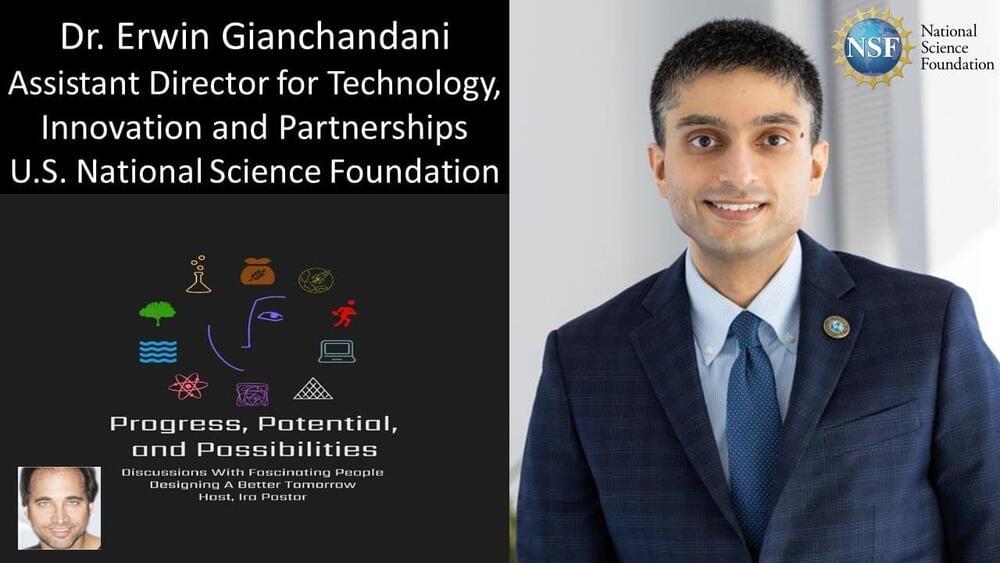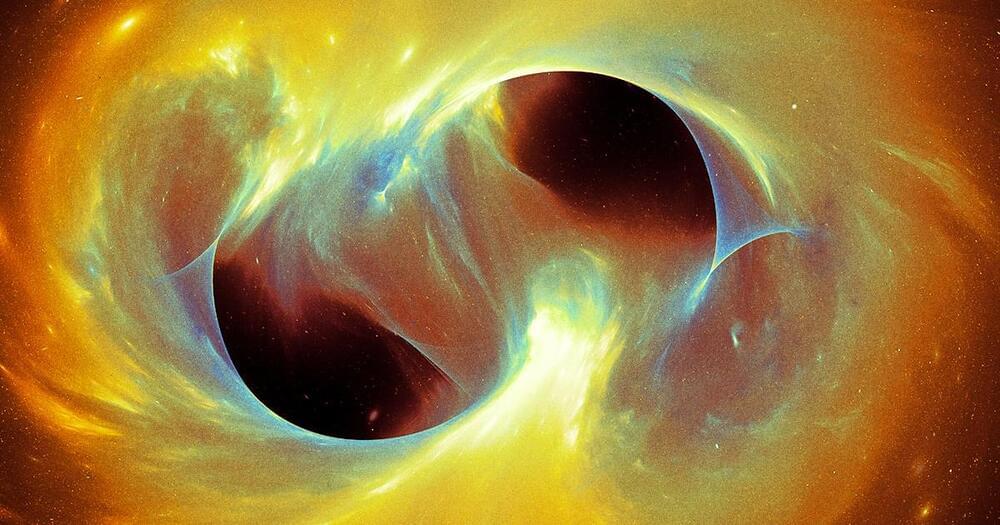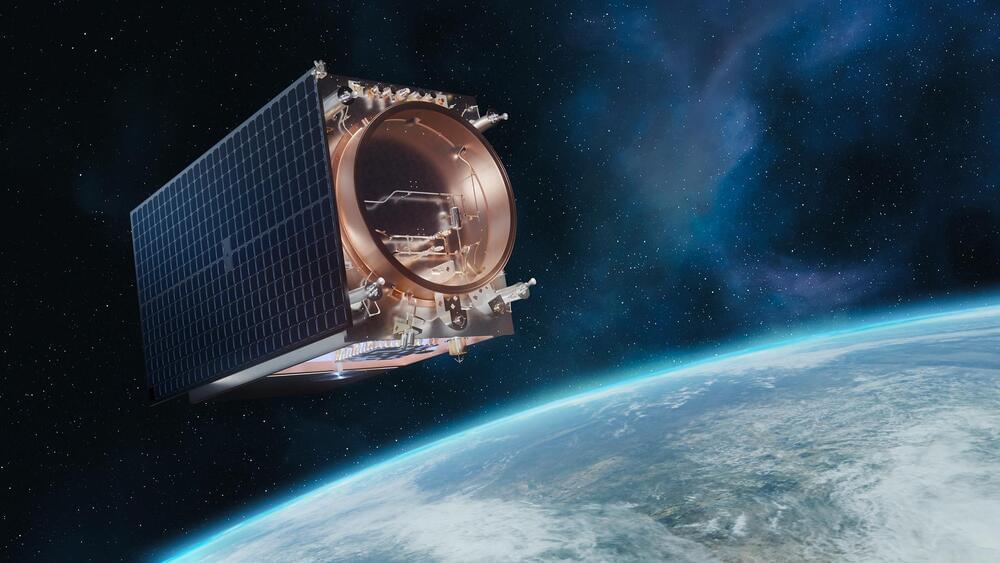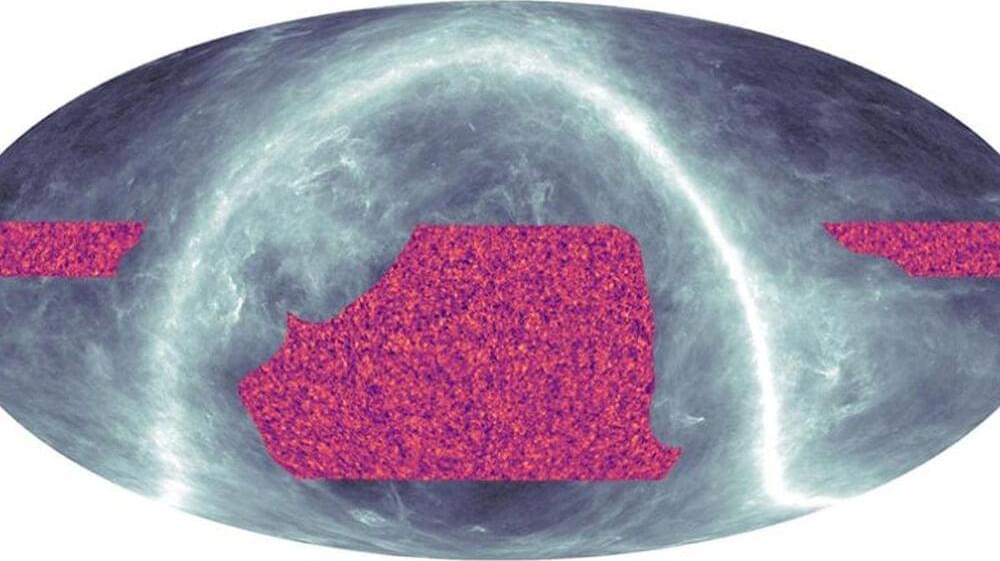May 6, 2023
AI-Powered Characters Changing The Game
Posted by Gemechu Taye in categories: education, robotics/AI
Gamers have been clamoring for better non-player characters (NPCs) for years, and the arrival of conversational AI may finally provide the computing superpower to make it possible. Several companies are now using natural language processing AI for games and entertainment, customer service, training and education. Mindverse’s MindOS targets enterprise, while Inworld helps game designers create AI powered NPCs (non player characters), which they describe as “Mind as a Service” (MaaS).
I saw Inworld’s extraordinary AI at work while attending the Disney Accelerator demo last fall where Inworld powered a very, very chatty and diplomatic 3CPO robot.
Continue reading “AI-Powered Characters Changing The Game” »


